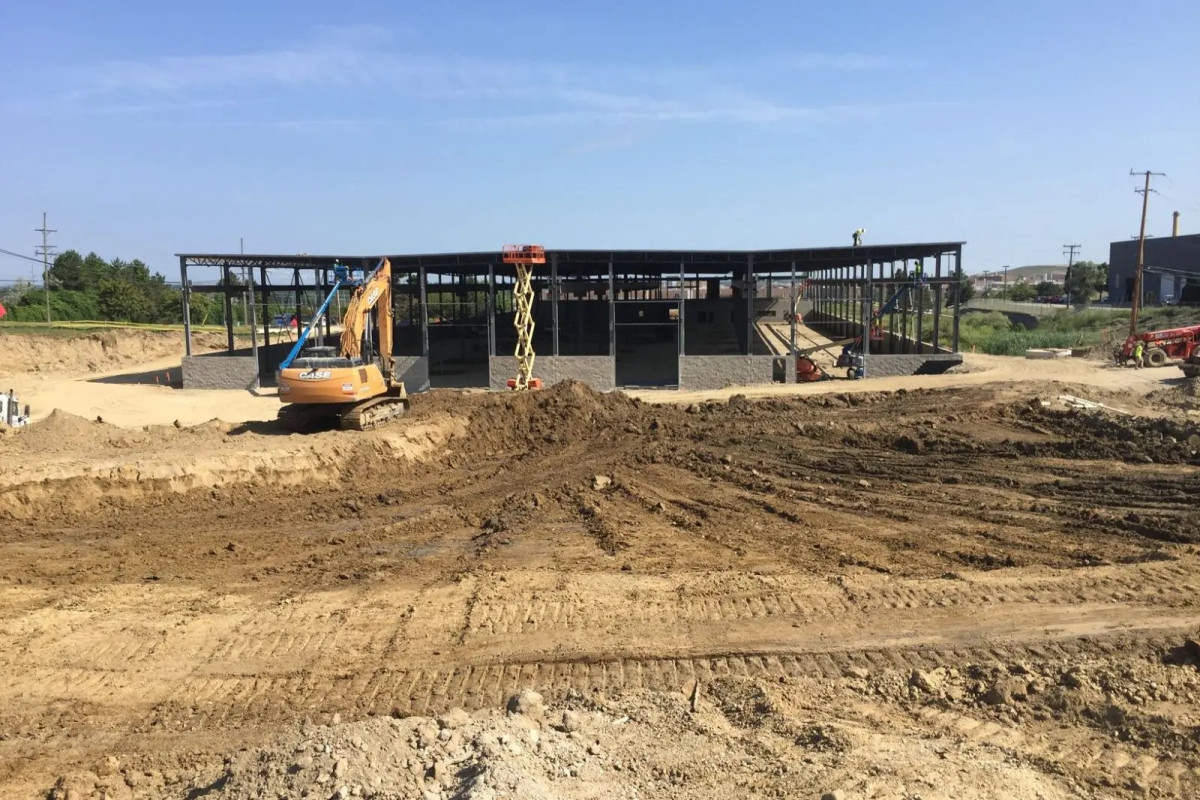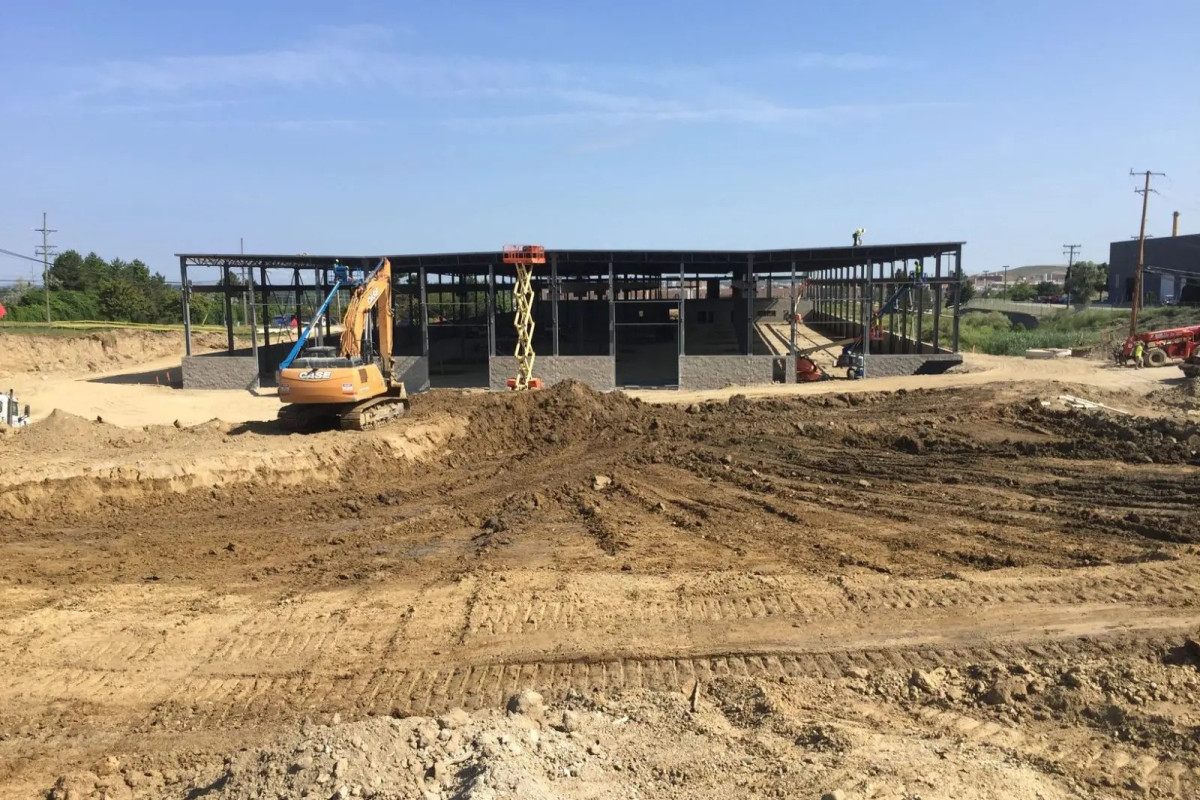Why Every Construction Project Needs a Feasibility Study Before You Break Ground
Farmington Hills, United States - June 26, 2025 / J. B. Donaldson /
Construction Feasibility Study: Key to Project Success

The Importance of a Construction Feasibility Study
When launching a construction project, one of the most critical steps in ensuring its success is conducting a feasibility study. This essential process acts as the foundation of your project, planning for and mitigating risks while maximizing resources and aligning objectives. Whether you’re an investor, a developer, or a business owner, understanding and executing a feasibility study can save time, reduce costs, and prevent major setbacks.
This guide will provide a comprehensive overview of construction feasibility studies, including their purpose, components, and step-by-step methods to ensure your project’s success.
What Is a Construction Feasibility Study?
A construction feasibility study is an in-depth assessment that determines whether a proposed construction project is viable and worth investing in. It evaluates crucial factors such as financial costs, technical requirements, market dynamics, and regulatory requirements. By uncovering potential risks, constraints, and opportunities, a feasibility study empowers decision-makers to make informed choices to proceed, pivot, or shelve their plans.
Why Is a Feasibility Study Important?
Here’s why a feasibility study is non-negotiable for any construction project:
- Reduces Risk
A feasibility study identifies possible risks early in the planning stages, allowing project stakeholders to develop strategies to mitigate those risks effectively.
- Optimizes Resources
By evaluating required materials, labor, and budget, a feasibility study ensures resource efficiency by avoiding misallocation or wastage.
- Supports Decision-Making
With detailed analysis, stakeholders have reliable data to make informed decisions about the project’s direction.
- Prevents Costly Mistakes
Unforeseen setbacks, whether financial or legal, can derail projects. Feasibility studies help prevent these issues before they arise.
- Enhances Stakeholder Confidence
Thorough preparation and planning demonstrate commitment to success, boosting stakeholder trust and enthusiasm.
- Improves Profitability
Understanding market demands and identifying potential competitors help align the project with commercial success.
Key Components of a Feasibility Study
A successful feasibility study incorporates the following components to evaluate a construction project thoroughly:
- Project Overview
This component includes a clear articulation of the project’s scope, objectives, goals, and expected outcomes.
- Technical Feasibility
Assesses the technical aspects of the project, such as site location, accessibility, environmental impact, and construction requirements.
- Financial Feasibility
Determines the cost-effectiveness and profitability of the project. Factors considered include budgets for construction, operational costs, maintenance, and potential returns on investment (ROI).
- Market and Demand Analysis
Examines market trends, competition, and the target audience for the project to evaluate its commercial viability.
- Legal and Regulatory Review
Identifies zoning requirements, permits, licenses, and other compliance measures needed for moving the project forward.
- Risk Assessment
Highlights potential risks such as cost overruns, market fluctuations, regulatory changes, or environmental factors, paving the way for effective contingency plans.
- Environmental Impact
Evaluates any disruptions to habitats, pollution risks, and waste management processes to ensure environmental laws and sustainability goals are met.
How to Conduct a Feasibility Study for Your Construction Project
Follow these steps to perform a thorough feasibility study for your project:
Step 1. Define the Project
Start by clearly outlining the scope, objectives, and envisioned goals. This initial framework helps provide direction and ensures all stakeholders are aligned.
Step 2. Gather Data
Collect accurate and relevant data. This includes financial figures, technical specifications, market trends, legal requirements, and environmental information. Without this data, analysis and predictions will lack credibility.
Step 3. Analyze the Site
Evaluate the proposed site’s suitability. Consider zoning regulations, environmental factors, utility access, and any potential challenges posed by the location.
Step 4. Conduct Market Research
Assess the market demand for your project by identifying potential end-users, analyzing competitors, and reviewing demographic trends. Market research can also help uncover new opportunities.
Step 5. Perform Technical Assessments
Engage architects and engineers to examine the technical feasibility of the project, including construction practicality and structural constraints.
Step 6. Evaluate Financial Viability
Conduct a detailed cost analysis. Account for construction expenses, operational costs, and potential revenue. Your goal is to identify whether the project is financially sustainable.
Step 7. Account for Legal Compliance
Ensure your project meets all legal and regulatory requirements, including zoning laws, permits, and environmental standards. Compliance reduces risks of delays and legal challenges.
Step 8. Identify Potential Risks
Evaluate risks associated with the project’s execution, from economic uncertainties to unexpected climactic events. Develop strategies to mitigate each identified risk.
Step 9. Compile the Feasibility Report
Organize the findings into a detailed feasibility report. Include a SWOT analysis (Strengths, Weaknesses, Opportunities, and Threats) and provide actionable recommendations for moving forward.
Step 10. Review and Update
A feasibility study is a dynamic document that may require updates based on new information or changing circumstances throughout the project timeline.
How Much Time and Money Do Feasibility Studies Require?
The time required for a feasibility study can range from several weeks to months, depending on the complexity and scale of the project. Although feasibility studies may seem time-consuming, they save considerable time and money in the long run by preventing costly mistakes and delays.
Similarly, while the cost of a feasibility study varies, it is proportional to the resources and detail required for the assessment. Investing in a high-quality feasibility study is indispensable for a well-executed project.
Do All Construction Projects Require Feasibility Studies?
Feasibility studies are adaptable to projects of all sizes. While complex, large-scale developments benefit the most, smaller-scale projects can also use simplified studies to evaluate critical factors. Ultimately, every project can benefit from the clarity and preparation a feasibility study provides.
Construction Feasibility Studies Provide a Strong Foundation
A construction feasibility study is more than just a preliminary step; it is the foundation of a successful project. By assessing risks, optimizing resources, ensuring compliance, and aligning with market needs, feasibility studies enable informed decisions and pave the way for smooth execution.
For more insights into conducting a feasibility study or detailed guidance tailored to your specific project, feel free to contact one of our experts.
J.B. Donaldson seamlessly manages every aspect of the process, working closely with owners to deliver a comprehensive, turnkey solution before the first shovel ever touches the ground. Get started today and build with confidence!

Contact Information:
J. B. Donaldson
37610 Hills Tech Drive
Farmington Hills, MI 48331
United States
Jack Glover
(248) 344-9045
https://jbdonaldson.com
Original Source: https://jbdonaldson.com/construction-feasibility-study-explained/



